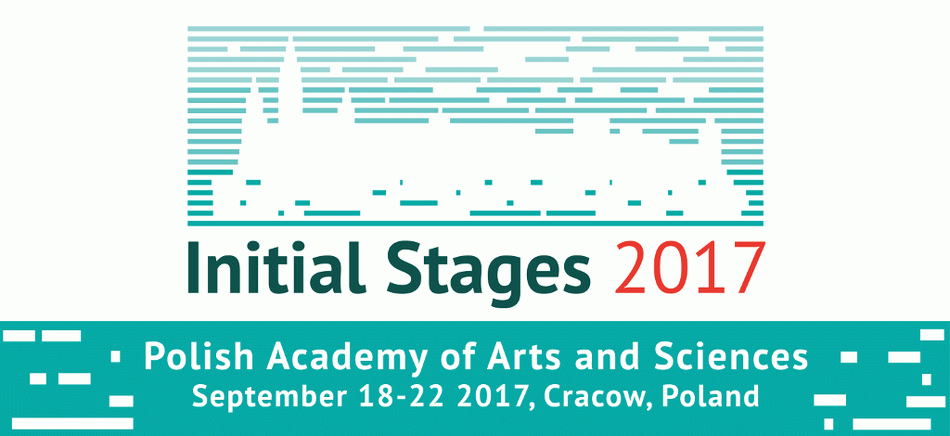Speaker
Description
In ultra-relvativistic heavy-ion collisions, the intense electromagnetic fields produced by the nuclei give rise to large fluxes of equivalent photons. Photons that are emitted coherently by the entire nuclear charge is enhanced by a factor of Z^2, resulting in interaction rates much higher than in pp collisions. These reactions are the dominant interaction mechanism when the nuclei have large transverse separation and are referred to as ultra-peripheral collisions (UPCs). They have qualitatively different features than those collisions in which the nuclei interact hadronically, which allows them to be identified experimentally. Photon-induced reactions have been studied extensively in high-energy physics experiments. Such measurements were a major part of the physics program at HERA where they were used to study a variety hardscattering and diffractive processes. Similar measurements in ion collisions provide information about the geometric structure of the nuclei and about nuclear parton distributions in a domain where non-linear evolution effects may be important. This talk will summarize recent experimental results and theoretical advancements in the subject of UPCs. Emphasis will be placed on how these developments can improve the understanding of the initial conditions and early-time dynamics of heavy-ion collisions
and how they bear directly on the physics program of a future electron-ion collider.
